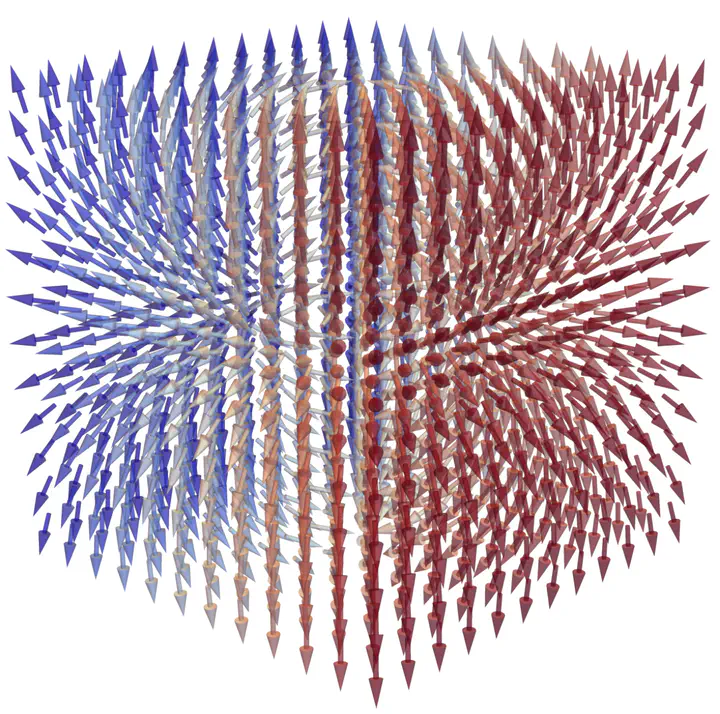Abstract
In this thesis we study monotone Lagrangian submanifolds of . Our results are roughly of two types: identifying restrictions on the topology of such submanifolds and proving that certain Lagrangians cannot be displaced by a Hamiltonian isotopy. The main tool we use is Floer cohomology with high rank local systems. We describe this theory in detail, paying particular attention to how Maslov 2 discs can obstruct the differential. We also introduce some natural unobstructed subcomplexes. We apply this theory to study the topology of Lagrangians in projective space. We prove that a monotone Lagrangian in with minimal Maslov number must be homotopy equivalent to (this is joint work with Jack Smith). We also show that, if a monotone Lagrangian in has minimal Maslov number 2, then it is diffeomorphic to a spherical space form, one of two possible Euclidean manifolds or a principal circle bundle over an orientable surface. To prove this, we use algebraic properties of lifted Floer cohomology and an observation about the degree of maps between Seifert fibred 3-manifolds which may be of independent interest. Finally, we study Lagrangians in which project to maximal totally complex submanifolds of under the twistor fibration. By applying the above topological restrictions to such Lagrangians, we show that the only embedded maximal Kähler submanifold of is the totally geodesic and that an embedded, non-orientable, superminimal surface in is congruent to the Veronese . Lastly, we prove some non-displaceability results for such Lagrangians. In particular, we show that, when equipped with a specific rank 2 local system, the Chiang Lagrangian becomes wide in characteristic 2, which is known to be impossible to achieve with rank 1 local systems. We deduce that and cannot be disjoined by a Hamiltonian isotopy.

ML Science/Engineering, Maths PhD
 The Clifford Foliation.
The Clifford Foliation. The Clifford Foliation.
The Clifford Foliation.